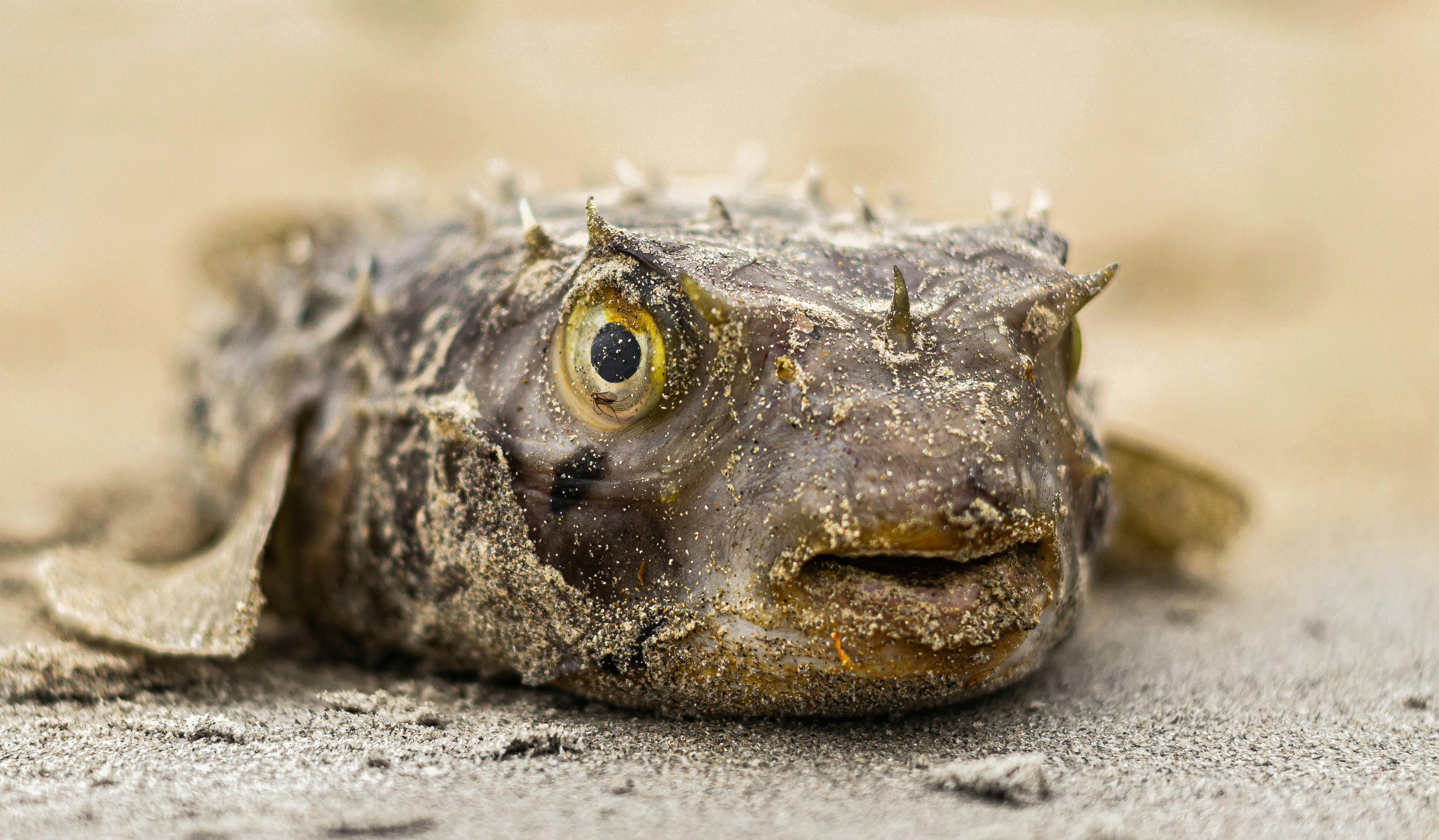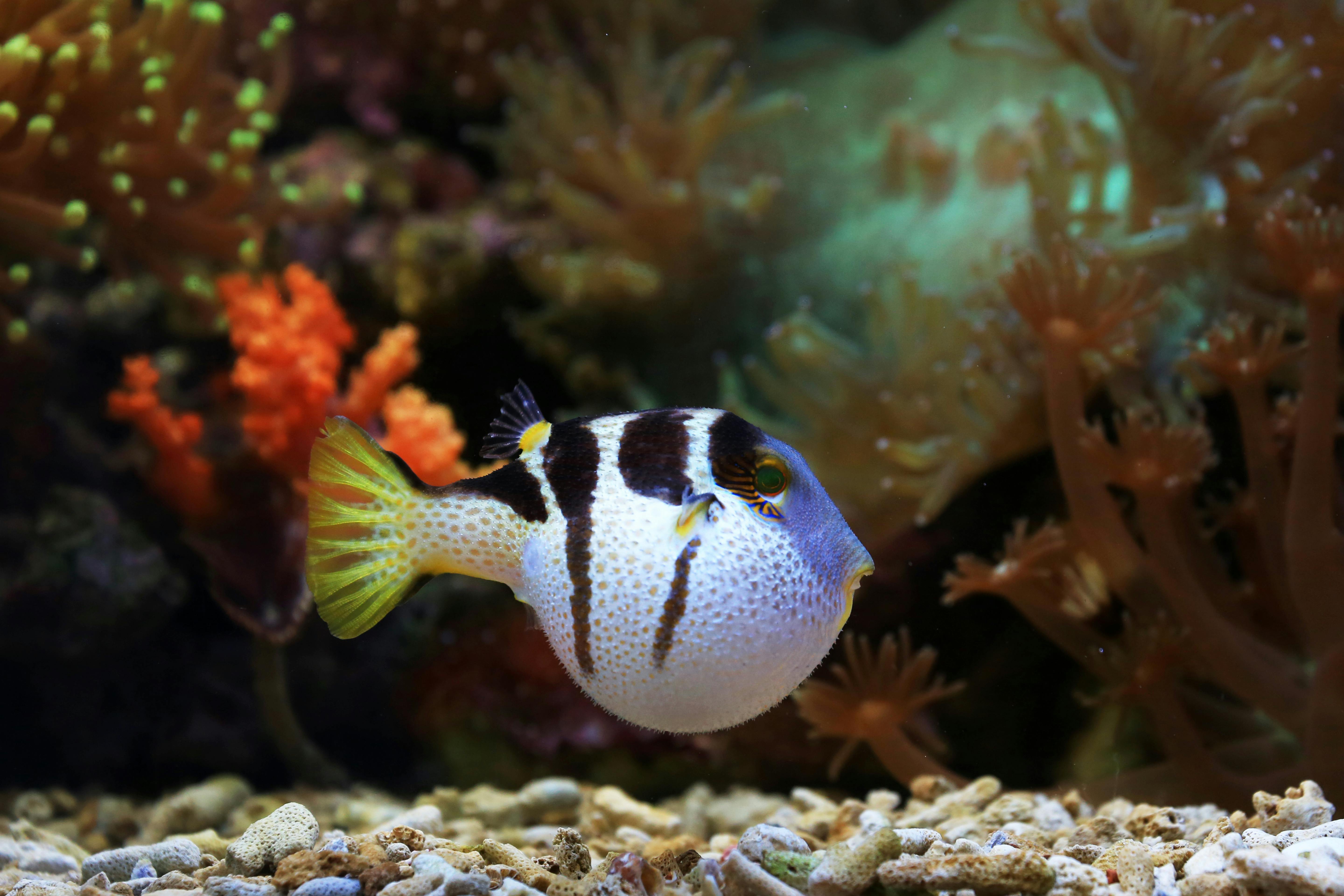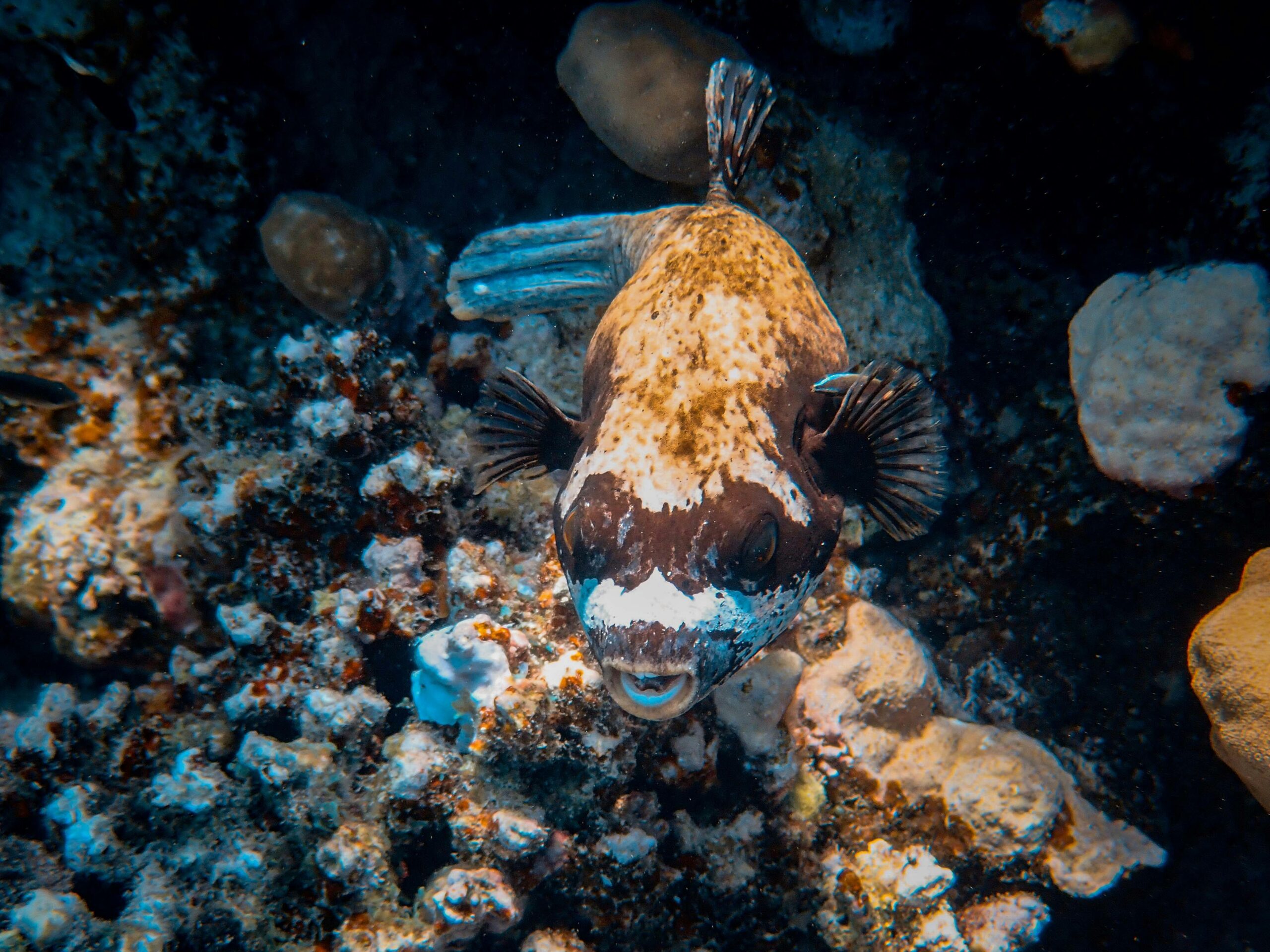Smart Ways to Care for Puffer Fish for Sale in 2025 – Discover How!
Puffer fish are intriguing pets that require specialized care but bring unique charm and personality to your home aquarium. As you explore the options of puffer fish for sale in 2025, it’s essential to understand their specific care requirements. Puffer fish, known for their ability to inflate when threatened, come in various species suited for both freshwater and saltwater environments. This article aims to guide you through the essentials of maintaining a thriving puffer fish aquarium, ensuring their health and happiness.
As you consider buying puffer fish online, you will discover the benefits of these fascinating fish as pets. From their distinct personalities to their dietary needs, every aspect is crucial for their well-being. In this guide, we will cover insights into puffer fish species, suitable tank setups, feeding strategies, and maintenance tips. Whether you are a beginner or an experienced aquarist, understanding how to care for puffer fish is vital to their longevity and happiness.
We’ll delve into puffer fish habitat needs, compatibility with other fish, and necessary tank conditions. Plus, find expert advice on recognizing common diseases to help maintain the health of your aquatic friends. Prepare to take your puffer fish pet care knowledge to the next level and create a flourishing aquatic environment!

Essential Guide to Puffer Fish Species and Their Requirements
Understanding the different types of puffer fish is the first step in ensuring they thrive in a home aquarium. There are various puffer fish species, each with unique habitat, size, and care requirements. For instance, freshwater puffer fish are typically smaller and often easier to maintain compared to their saltwater counterparts, which may require more complex setups due to their larger size and sensitive water conditions.
Characteristics of Different Puffer Fish Species
When considering which puffer fish to add to your aquarium, it’s essential to look into their specific requirements. Freshwater puffer fish, such as the Green Puffer and the Amazon Puffer, generally prefer planted tanks with plenty of hiding spots. These species can grow up to 6 inches and tend to be less aggressive than saltwater varieties.
On the other hand, saltwater puffer fish, like the Spotted Puffer and the Dogface Puffer, demand more space and precise water conditions. Some of these species can reach sizes of up to 12 inches and have more pronounced behaviors that may affect their compatibility with other tank mates.
Selecting the Right Puffer Fish for Your Aquarium
When selecting the best puffer fish for beginners, opt for species that are known for being less aggressive and more adaptable to community tanks. The figure eight puffer, for example, is a great choice, as it exhibits a balanced temperament and can coexist with other fish within compatible habitats.
Puffer Fish Growth and Size Considerations
Understanding the growth potential of your chosen puffer fish species is essential. Depending on the species, puffer fish can grow from a few inches to over a foot long. Ensure your tank can accommodate these sizes, and be aware of the puffer fish sizes before purchasing. Not only does this impact tank space, but it also influences feeding schedules, water quality, and overall maintenance.
Puffer Fish Behavior: What to Expect
Puffer fish possess unique behaviors that are integral to their identity as pets. They are known for their playful interactions, especially during feeding time. Observing their inflation response and how they interact with their environment can provide crucial insights into their health and well-being. Understanding their behavior patterns aids in creating a suitable environment that supports their natural inclinations.
Common Puffer Fish Care Tips for Beginners
For newcomers to puffer fish care, there are some critical tips to keep in mind:
- Maintain stable water parameters: Regularly check ammonia, nitrite, and nitrate levels.
- Provide a varied diet: Puffer fish require a diet rich in protein; consider incorporating shellfish and specific puffer fish food designed for their dietary needs.
- Ensure proper tank mates: Depending on the puffer fish species, compatibility varies. Research appropriate companions to avoid aggression.
With these essentials of puffer fish species and their care established, you’re well on your way to creating a vibrant aquatic environment. Next, let’s delve into the perfect puffer fish tank setup, a fundamental aspect of ensuring a healthy habitat.
Creating an Ideal Puffer Fish Tank Setup
Building a suitable habitat for your puffer fish is crucial. An ideal tank setup not only enhances the aesthetic appeal but also promotes the health of your aquatic pets. When setting up a puffer fish aquarium, specific requirements must be met regarding size, water conditions, and decor.
Choosing the Right Tank Size
The size of your aquarium plays a significant role in the well-being of your puffer fish. Larger tanks not only allow ample swimming space but also enhance water quality stability. A minimum of 30 gallons is recommended for smaller species, while larger species require tanks of 75 gallons or more to thrive.
Puffer Fish Aquarium Water Conditions
Water quality is paramount in any aquarium, and puffer fish are no exception. Depending on whether you opt for freshwater or saltwater puffer fish, ensure that the water parameters align with their needs. Freshwater puffer fish thrive in pH levels ranging from 7.0 to 8.0, while saltwater species may require a pH of 8.0 to 8.4. Regular water changes (20-30% weekly) contribute significantly to a healthy aquarium environment.
Decorate Your Puffer Fish Aquarium
Creating an engaging environment for your puffer fish is essential. Provide plenty of hiding places using rocks, caves, and plants, as these shelters help reduce stress. Soft substrate is also a beneficial addition, as puffer fish tend to dig, and sharp surfaces can lead to injuries.
Essential Tank Equipment for Puffer Fish Care
Equipping your tank with the right tools is essential for maintaining a suitable habitat. An efficient filtration system keeps water clean, while a heater maintains appropriate temperatures (typically around 75°F to 82°F for many species). Air stones or pumps can aid in oxygenation, enhancing the overall welfare of your puffer fish.
Monitor Your Puffer Fish Tank Conditions
Regular monitoring of your puffer fish tank is critical. Investing in a reliable test kit allows you to keep track of ammonia, nitrite, nitrate, and pH levels. Early detection of water quality issues helps prevent stress and illness in your puffer fish.

With the ideal tank setup in place, let’s explore proper feeding practices essential for your puffer fish’s health and longevity.
Best Practices for Feeding Puffer Fish
Feeding puffer fish requires an understanding of their dietary needs and preferences. They are primarily carnivorous, needing a varied diet to thrive. Proper nutrition is crucial for their health, affecting everything from growth rates to their vitality and resilience against diseases.
Understanding Puffer Fish Dietary Needs
Puffer fish benefit from a diet rich in protein. High-quality frozen or live foods such as shrimp, snails, and clams are excellent choices. Additionally, some commercial puffer fish food can provide nutritional balance but should always be supplemented with fresh foods to ensure completeness.
Feeding Techniques for Puffer Fish
Establishing a consistent feeding schedule is important. Adult puffer fish can typically be fed 2-3 times a week, while younger fish may require daily meals. Observe their eating habits to better tailor your feeding strategies, ensuring they consume their food adequately while preventing overfeeding.
Common Mistakes in Feeding Puffer Fish
One prevalent mistake among beginners is overfeeding. This can lead to obesity and related health problems. Monitor their body condition closely and adjust meal sizes accordingly. Additionally, avoid offering food that is too large; a puffer fish should be able to eat the food whole and without stress.
Puffer Fish Feeding Schedule Recommendations
For optimal health, set a feeding schedule that fits within their dietary needs. For instance, a good practice is to provide one hearty meal every third day, ensuring a variety of food sources over the week. This helps them to exhibit their natural behaviors while maintaining a healthy weight.
Indicators of Healthy Feeding Habits
Keeping an eye on your puffer fish’s behavior during feeding can provide insight into their health. Healthy puffer fish will be active during meal times, show excitement when food is introduced, and maintain a healthy complexion. Be alert for signs of lethargy or refusal to eat, which may indicate underlying health issues.
Now that you’ve learned about the dietary needs of puffer fish, let’s move on to the critical aspects of maintenance to ensure their well-being through regular health checks.
Monitoring Puffer Fish Health and Maintenance
Regular health checks are vital to maintaining a thriving puffer fish habitat. Understanding common diseases, monitoring behaviors, and performing necessary maintenance can prevent issues before they escalate.
Common Puffer Fish Diseases and Symptoms
Puffer fish can suffer from several common ailments, including ich, fin rot, and parasites. Identifying symptoms early, such as changes in appetite, lethargy, or abnormal swimming patterns, is critical for successful treatment. Ensure to research and consult with professionals for accurate diagnosis and treatment options.
Puffer Fish Health Diagnostic Techniques
Regularly assessing your puffer fish’s condition will help in catching any potential health issues. Check for external signs, including discoloration, irritation, or lesions. Also, observe their behavior patterns; sudden changes can serve as early warning signals to a more significant problem.
Essential Supplies for Puffer Fish Health Checks
Having the right diagnostic equipment on hand can make monitoring your fish easier. Essential supplies include water test kits to evaluate ammonia, nitrite, and nitrate levels, as well as a treatment kit for common diseases. Ensure to have a separate quarantine tank for new arrivals to prevent introducing diseases into your main aquarium.
Puffer Fish Maintenance Schedule
Incorporate routine maintenance into your puffer fish care practices. Establishing a schedule for water changes, regular tank cleaning, and health checks can help maintain optimal tank conditions. Aim for a full tank cleaning every month, alongside smaller, more frequent water changes to keep parameters stable.
Understanding Puffer Fish Behavior Indicators
Puffer fish have unique behavior patterns that provide insights into their health. An active puffer fish exhibiting normal feeding and social behaviors is a good sign. Conversely, signs of stress such as hiding or erratic swimming can be indicators of poor health or unsuitable living conditions.
Having a proper maintenance plan and health monitoring practice is essential in puffer fish care. To wrap up our discussion, let’s address some common queries around puffer fish ownership.
Frequently Asked Questions About Puffer Fish Care
What are the best puffer fish for beginners?
Some of the best puffer fish species for beginners include the figure eight puffer, which is typically less aggressive and easier to care for compared to other species.
How often should I feed my puffer fish?
Adult puffer fish should be fed 2-3 times a week, while younger puffer fish may require daily feeding. Always observe their habits and adjust feeding frequency as needed.
What are common signs of puffer fish health issues?
Common signs include lethargy, lack of appetite, changes in coloring, and abnormal swimming patterns. Regular health checks will help catch these issues early.
How do I set up a puffer fish aquarium?
Start with choosing the right tank size, maintaining suitable water conditions, and providing hiding places with appropriate decor. Ensure to monitor water quality regularly.
Can puffer fish live with other fish?
Compatibility depends on the species; some puffer fish are territorial and aggressive toward tank mates, while others can coexist peacefully. Research specific species compatibility before introducing new fish.
In conclusion, caring for puffer fish requires dedication and understanding of their unique needs. From choosing the right species to setting up their environment and monitoring their health, proper care will lead to a rewarding experience as a puffer fish owner.
